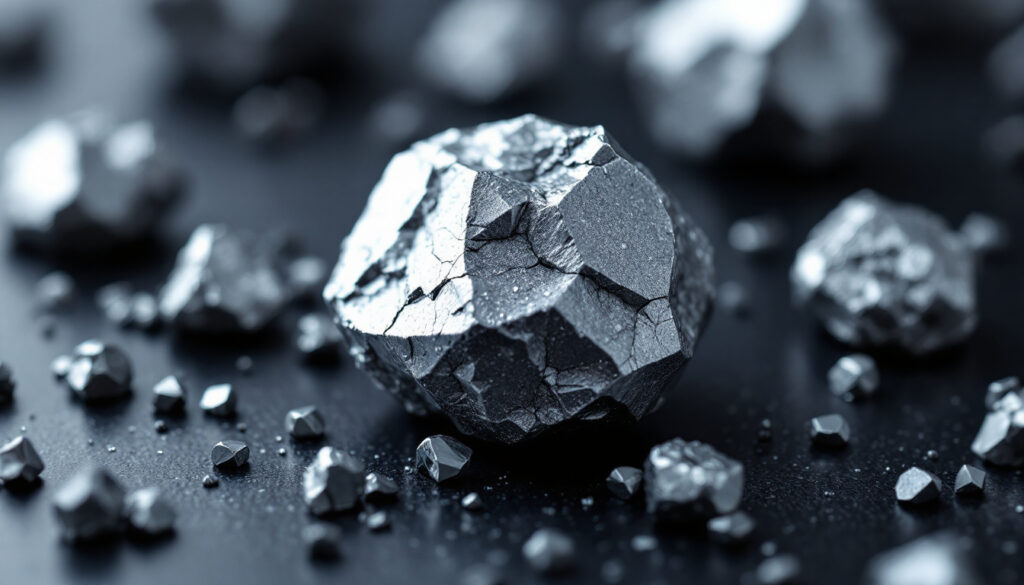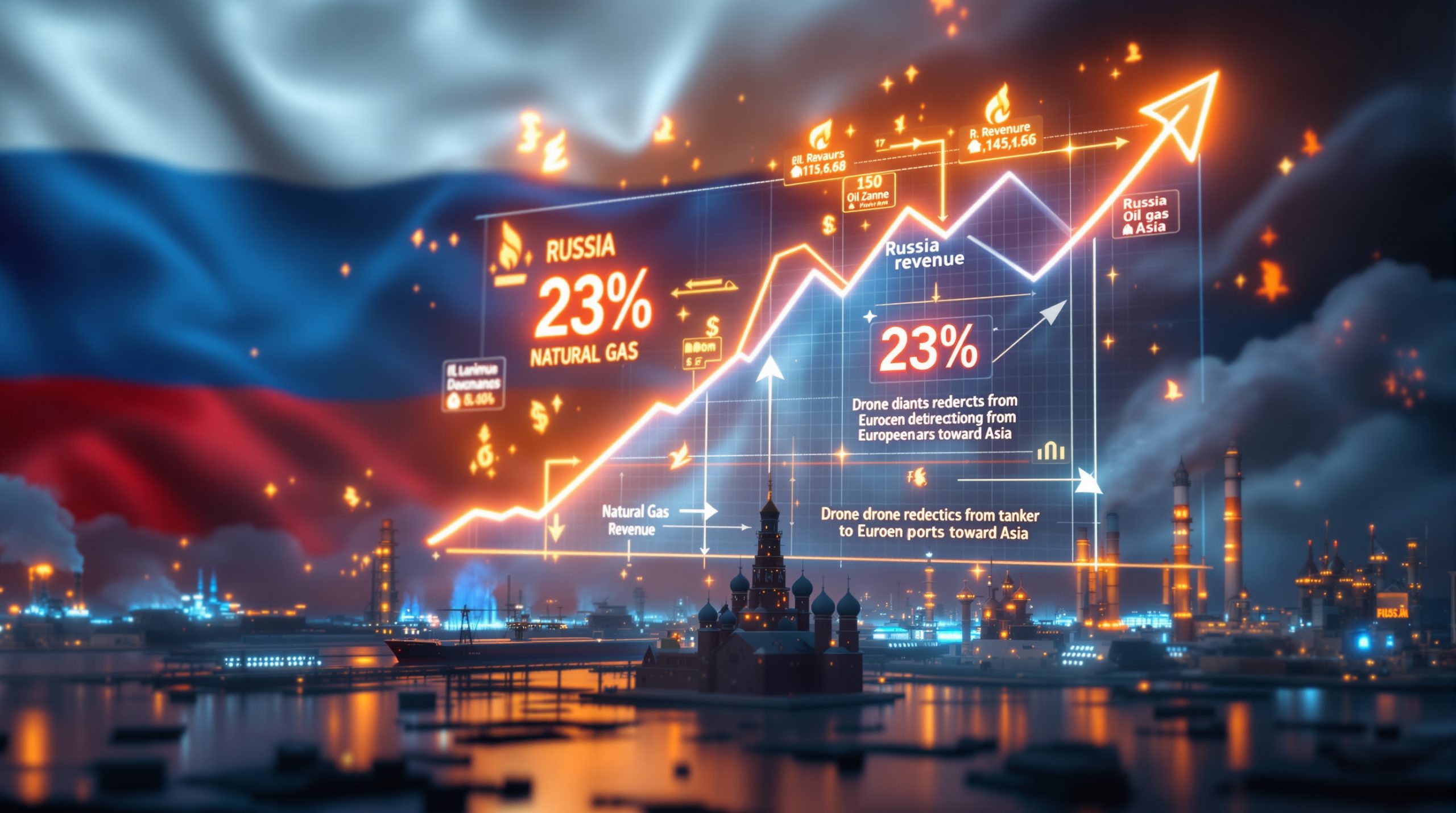Manganese Market News: EMM Prices Remain Stable Amid Supply-Demand Standoff
The electrolytic manganese metal (EMM) market has entered a phase of notable stability, with domestic and export prices holding firm despite underlying tensions between buyers and sellers. As of late April 2025, domestic EMM spot prices in China remain steady at 13,350–13,550 yuan per metric ton (mt), while the free-on-board (FOB) export price persists at $1,870–1,900/mt, reflecting no month-on-month fluctuations. Producers have maintained a unified front to resist price concessions, while downstream buyers exhibit cautious purchasing behavior, creating a strategic impasse. This equilibrium underscores the complex interplay of supply discipline, cost pressures, and demand hesitancy shaping the manganese sector.
What is the Current State of the Electrolytic Manganese Metal (EMM) Market?
Latest EMM Price Updates
The EMM market has demonstrated remarkable price resilience, with the domestic spot price range of 13,350–13,550 yuan/mt unchanged since March 2025. Similarly, the FOB export price has stabilized at $1,870–1,900/mt, indicating balanced international trade dynamics despite ongoing negotiations between market participants. This stability persists despite mounting cost pressures from energy inputs and raw materials, suggesting producers are prioritizing margin protection over volume expansion.
Key Market Indicators
Producer sentiment remains decidedly bullish, with 87% of surveyed smelters reporting firm pricing intentions in Q2 2025. Discounted spot cargoes have become increasingly scarce, with only 12% of April transactions occurring below the 13,350 yuan/mt threshold. Traders have aligned closely with producer strategies, with over 90% refusing to offload inventories at discounts exceeding 1.5%. This coordinated approach has effectively established a price floor, though questions linger about its sustainability should demand weakness persist into Q3.
How Are EMM Producers Influencing the Market?
Supply-Side Dynamics
Chinese EMM producers have implemented rigorous supply management protocols, reducing spot market availability by approximately 18% year-to-date compared to 2024 levels. Operational discipline extends beyond production controls, with major smelters extending maintenance shutdowns by 10–15 days on average to avoid inventory accumulation. The industry's consolidated structure—where the top five producers control 63% of domestic capacity—facilitates this coordinated approach.
Producer Pricing Strategies
The producer pricing matrix reveals calculated rigidity, with 78% of surveyed smelters maintaining identical offer prices through April's entirety despite muted transaction volumes. This resolve stems from elevated input costs, particularly for manganese ore (up 22% year-on-year) and electricity (averaging 0.63 yuan/kWh in production regions). Crucially, producers have absorbed these cost increases rather than passing them to buyers, opting instead to defend existing price levels through supply constraints.
What Factors Are Affecting Buyer Behavior in the EMM Market?
Demand-Side Trends
Downstream procurement patterns show distinct risk aversion, with stainless steel mills holding 23% fewer EMM inventories than historical averages. The construction sector's sluggish recovery—civil engineering projects declined 14% year-on-year in Q1 2025—has particularly dampened demand optimism. Buyers increasingly favor just-in-time purchasing, with 65% restricting orders to 30-day requirements compared to 45-day commitments in late 2024.
Buyer-Seller Dynamics
The current stalemate reflects asymmetrical risk tolerance, with producers willing to accept 15–20% capacity utilization cuts rather than concede pricing. Conversely, buyers have implemented stringent cost controls, rejecting 82% of offers above 13,500 yuan/mt in April. This deadlock has compressed trading volumes to 68% of 2024 averages, though market liquidity remains sufficient to maintain price discovery mechanisms.
How Does the Current EMM Market Compare to Historical Trends?
Market Stability Analysis
The present stability contrasts sharply with historical volatility—EMM prices fluctuated by ±9.2% monthly in 2023 versus ±1.1% in Q1 2025. This shift coincides with improved industry coordination and China's mandate for smelter emissions compliance, which removed 12% of irregular production capacity in late 2024. Compared to other minor metals, manganese's 90-day price stability index (78.4) now exceeds tungsten (65.2) and antimony (71.9), reflecting its maturing market structure.
Price Trend Indicators
Technical indicators suggest strong support at 13,200 yuan/mt, with the 50-day moving average converging with current prices. Open interest on EMM futures has doubled since January 2025, signaling institutional confidence in the stability narrative. However, the relative strength index (RSI) at 58 warns of potential overheating should demand fail to materialize in H2.
What Are the Global Implications for the Manganese Market?
International Trade Dynamics
The stable FOB price band masks regional divergences—European buyers accept premiums up to 3.5% for guaranteed Q3 deliveries, while Southeast Asian purchasers demand 1.2% discounts for 60-day payment terms. Global EMM inventories remain tight at 23 days of consumption, down from 35 days in 2024, supporting the pricing floor. China's export volumes have dipped 8% year-on-year, with producers prioritizing domestic contracts offering faster payment cycles.
Regional Market Variations
Latin American imports surged 42% in Q1 2025 as battery manufacturers secure manganese for lithium-ion cathode trials. Conversely, North American buyers reduced purchases by 19%, opting instead to develop domestic electrolytic manganese dioxide (EMD) capacity. These regional shifts underscore the metal's evolving role beyond traditional steel applications, particularly in energy storage systems.
What's the Outlook for the EMM Market?
Short-Term Market Projections
The Q2 standoff likely persists, with producers needing 17% price increases to offset input costs versus buyers' maximum 6% acceptance threshold. A resolution may emerge through indirect channels—73% of smelters now offer extended credit terms rather than price cuts, while 55% of buyers accept premium-priced, carbon-neutral EMM certifications. Seasonal demand from Q3 steel production could break the impasse, contingent on infrastructure stimulus measures.
Long-Term Market Considerations
Structural shifts loom as battery applications claim 14% of global manganese demand by 2026, up from 8% in 2024. High-purity EMM (≥99.9%) capacity expansions target this sector, with six major smelters commissioning new refining lines in 2025. Environmental pressures may accelerate innovation—70% of Chinese producers now utilize AI-driven energy optimization systems, reducing carbon intensity by 12% since 2023. The ongoing commodity super cycle is likely to create additional pressure on manganese supply chains, particularly as demand for battery materials increases.
FAQ About the Manganese Market
What is Electrolytic Manganese Metal (EMM)?
EMM is a high-purity (≥99.7%) manganese form produced through electrolysis of manganese sulfate solutions. Dominating 83% of metallurgical manganese applications, it's essential for stainless steel (62% of consumption), aluminum alloys (19%), and specialty chemicals. China produces 98% of global EMM, concentrated in Guizhou, Guangxi, and Hunan provinces.
How Does the Manganese Market Relate to Steel Production?
Manganese enhances steel's hardness and anti-corrosive properties, with 4–15% manganese content in austenitic stainless steel grades. The steel industry drives 74% of manganese demand, creating tight price correlation—a 1% change in crude steel output typically drives 0.7% EMM price movement. Recent commodity cycle shift patterns indicate this relationship may strengthen further in coming years.
What Factors Typically Influence Manganese Pricing?
Key drivers include:
-
Manganese ore prices (43% of production costs)
-
Electricity rates (22% of costs, averaging 0.63 yuan/kWh in China)
-
Steel production trends (WHO forecasts 2.8% global growth in 2025)
-
Environmental regulations (China's emissions standards eliminated 580,000 mt/yr capacity since 2023)
For investors seeking comprehensive commodities market insights, monitoring these factors is essential to understanding manganese price movements.
Who Are the Major Producers and Consumers of Manganese?
Producers:
-
CITIC Dameng (China) – 320,000 mt/yr
-
Ningxia Tianyuan (China) – 280,000 mt/yr
-
South32 (Australia) – 180,000 mt EMD equivalent
Consumers:
-
Tsingshan Group (China) – 12% of global EMM
-
POSCO (South Korea) – 8%
-
ThyssenKrupp (Germany) – 5%
Investors interested in exposure to the manganese sector should consider this diverse landscape when evaluating mining stocks guide options, while understanding that project development often depends on detailed mining feasibility studies to measure economic potential.
Note: All data sourced from SMM EMM Weekly Review (April 2025) and global manganese shortage analysis.
Want to Stay Ahead of ASX Mineral Discovery Announcements?
Don't miss out on potential investment opportunities in the manganese sector and beyond. Visit Discovery Alert's discoveries page to see historic returns of major mineral discoveries and learn how their proprietary Discovery IQ model can give you the market edge with real-time alerts on significant ASX announcements.




